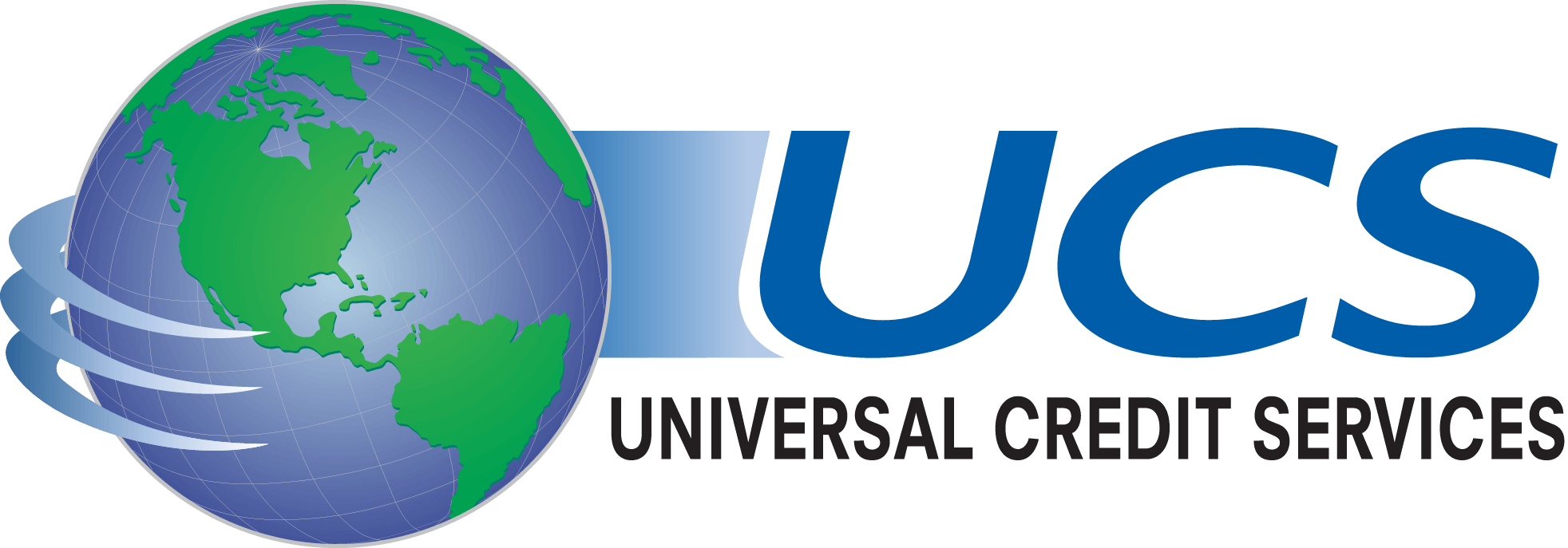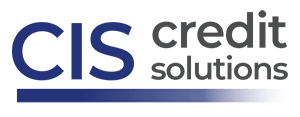When you’re evaluating a consumer’s ability to repay his or her mortgage, one of the things you must do is calculate the debt-to-income (DTI) ratio. But if existing debt obligations are not disclosed, including new debts, you cannot accurately calculate the DTI which can hamper your ability to properly assess the risk associated with the loan.
People often incur new debts after they apply for a mortgage and the lender pulls the origination credit report – but before the loan closes. In fact, 70% of undisclosed new debt is opened more than 14 days before closing.
Undisclosed Debt Best Practices
There are two important ways you can prevent and detect undisclosed liabilities:
- Regularly engage with applicants throughout the mortgage process.
- Train your loan officers and processors about undisclosed debt and give them talking points so they can educate applicants about the importance of disclosing changes in their financial situation.
- Require your operations team to regularly ask applicants if they have any new debt and inform them of how it might impact their loan approval.
- Implement a disclosure that a consumer must sign when they apply that details the importance of not incurring any new debts before closing and include possible ramifications.
- Instead of having the applicant sign a boilerplate credit inquiry explanation letter, have them compose one for each inquiry that appears on their credit report as a potential new debt.
- Use an undisclosed debt monitoring service such as Xactus’ Undisclosed Debt VerificationsX.
- Undisclosed Debt VerificationsX monitors for new debt and inquiries in real time throughout the mortgage process – from the initial credit file pull through closing.
- Our solution covers all three credit repositories to provide the best coverage and even includes weekend monitoring.
With Xactus Undisclosed Debt VerificationsX, you can avoid surprises during the lending process and better assess risk. For more information, click here, contact your strategic account manager or email [email protected].






